There was only radio for entertainment for many of my early years. I have written before of how my father taught me to draw. My formative years were spent in physical exploration of woods and fields, making model aeroplanes and filling books with drawings. Aged six I spent months living with my grandma and going to junior school in Bicester, where I spent saved pocket money on a huge box of coloured crayons to Grandma’s annoyance. From early on I learned how making imagery and playing with colour can have a fundamental impact on how one views life – anyway my grandma impacted my fundament; but when she wasn’t looking back came the coloured pencils, a medium I still use in notebook explorations today.
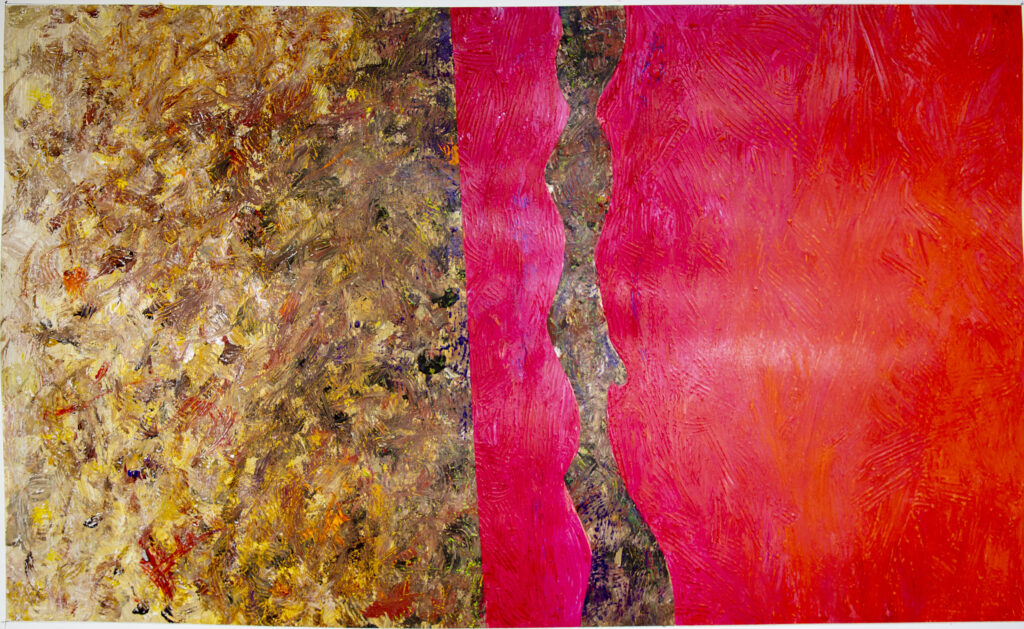
One of my images of rusting metal and concrete from my walks using photography notes as a starting point. Acrylic on paper 27 x 16inches
With only the radio for much of my youth (in Cyprus Forces Radio – the Goons, Jet Ace Logan, the Navy Lark, Beyond our Ken – the BBC knew its business then and genuinely entertained instead of trying to indoctrinate) – I was visually entertained by exploring both my imagination and the world I could see. I began to understand the mark not just as the record of something but through technical drawing as an instruction to make, on a map as an instruction to go, and above all as a way of making non-verbal communication.
Over the years the nature of mark making has changed as the world around me has changed. Firstly, it was the arrival of cheap cameras and postal developing service that democratised photography and then video. The television and the motor car changed the world, shrinking and helping to divorce people from their communities, spreading knowledge but not understanding. Secondly rising incomes increased mobility, enabling travel to become not a treat but a daily habit and breaking the physical bonds that bound communities and families together. The loss of collective community and family bonds emphasised the individual and for individuals it became a quest for identity to ‘make one’s mark in life’.
For an artist the nature of the mark is significant as an identifier, the artist’s autograph, as well as a means of communicating vision. Over the years technology has changed the ease of making permanent marks – firstly the invention of oil paints, then the development of metal tubes to contain them, shaped brushes to put then onto surfaces, the development of artificial pigment and so on and so forth. This process is now becoming electronic, and AI is enabling the creation of alternative realities. No longer just looking into paintings to see what the artist vision sees, but now the manipulation of the external world to create a false world that is totally real for many who now live vicariously through their screens and never go into the woods that are left.
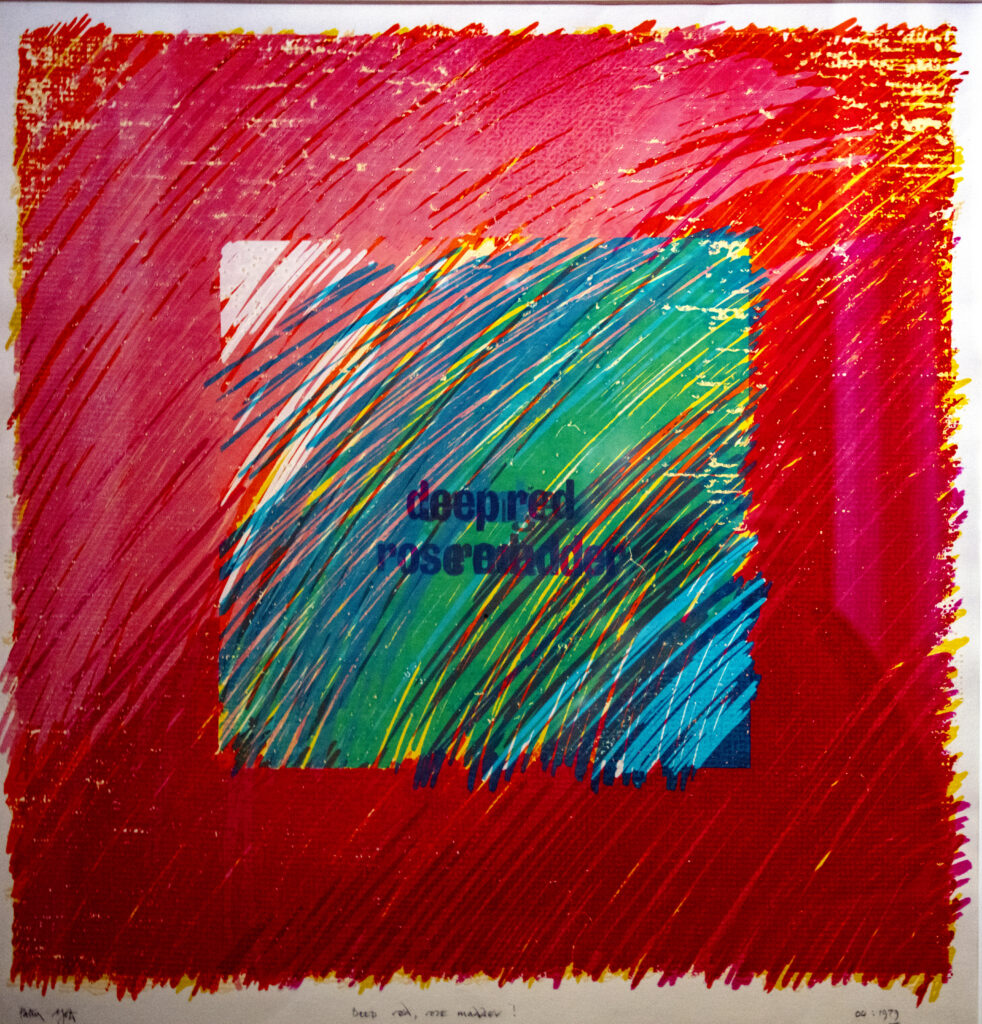
Screenprint form the 1970’s made using mesh from net curtains which laid down very thick layers of ink (photographed behind when framed, hence reflections) influenced by Jasper Johns
In my work I have made more and more use of photography, both to expand drawing in preparing for paintings, to write stories and ultimately combined with my writing skills to create and run an on-line magazine for almost 20 years that gave me both creative satisfaction and an exciting lifestyle along with over 100,000 readers a day. Digital means it leaves no trace, unlike a painting. People talk of digital archives – but that assumes static technology, so CD discs delaminate, memory stick and hard drives decay even if they are compatible with the computers of the future. When I die these 200+ blogs will die with me, but of the hundreds of canvases and prints I have made some will survive either in museums or as treasured family heirlooms.
The permanence of paint depends on many factors not least the technical knowledge and skill of the artist. Early works by artists of the 20th century fade or disintegrate because modern materials seductive appearance is like so much of modern life, impermanent and decaying. Often replacements for more traditional materials are driven by health concerns rather than practicability. My screen-printing days were used to explore textural qualities of oil based inks, playing with different kinds of mesh to print through, looking to make screen printing as expressive of the mark as lithography. Unfortunately solvents used were carcinogenic and killed many ‘names’ in the industry (and gave me my cancer) and while the synthetic water based replacements may be safer for me they lack many qualities of the oils they replaced. Much the same can be said of the replacement of oil paints with acrylics, but having seen the adverse reaction (blistering etc.) experienced by some of my students in the past I understand the use of acrylics as a replacement and indeed base my practice around that medium.
But ‘you pays yer money and makes yer choice’ and having developed my painting skills around acrylic medium I have recently been exploring texture as a major element of paintings. It started with the rusting sea defences where layers of metal/seaweeds and algae needed to be reflected in the way I used colour. Monet, in his oil paintings of the waterlilies at Giverny used the new flat brushes for his bold mark making, and I wanted to layer colour building on my perception of his work and of Seurat’s pointillism by layering paint, allowing colour to visually bleed through from beneath the top layer, visually mixing.
This has now developed to using tools like miniature rakes which leave furrows of paint over one another so colours peep through, but then modifying further by rubbing oil pastels lightly to place pigment on the top of the furrows to add another colour reaction. These then become ‘field’ paintings in the sense that the whole surface is activated by colour.
If you have read my experiments from college with coloured light you will understand how my work over the years has developed and how I see colour as creating spatial movement. In the grid painting it was within narrow controlled bands inside a traditional pictorial format, but now more and more my surfaces are taking over as surfaces activated by the marks themselves rather than any drawing of a recognisable image.
The photography continues as I start to look for colour in a different way, although it is hard to break old habits. The four books mentioned before record the development of images and ideas, but I intend to explore more the relationship between paintings and my photographic recoding of colour.
So the journey that started 70+ years ago learning how to draw a Spitfire continues with new step into unknown areas – unknown to me. As I used to say to students, “yes it may have been done before, but never by you” (me in this case). Art develops in all directions driven by human inventiveness and curiosity. Paintings are more than just decorations for a wall. They are the language of the soul, prayers to beauty and an invitation to contemplation in a world where being still is becoming increasingly difficult.
Never forget to breathe

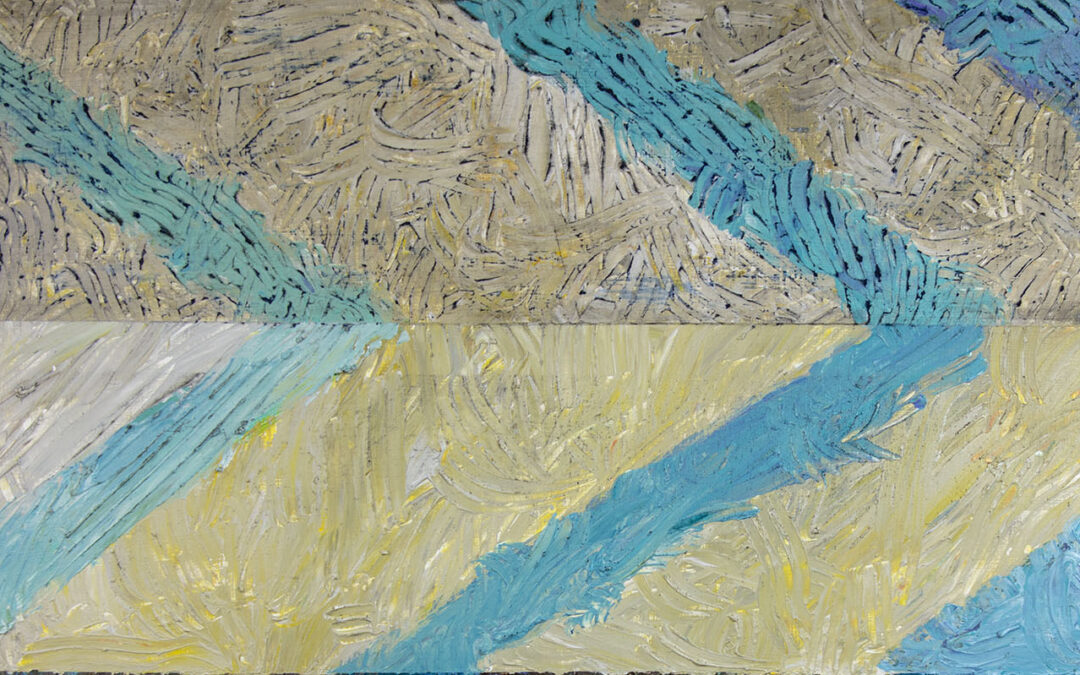
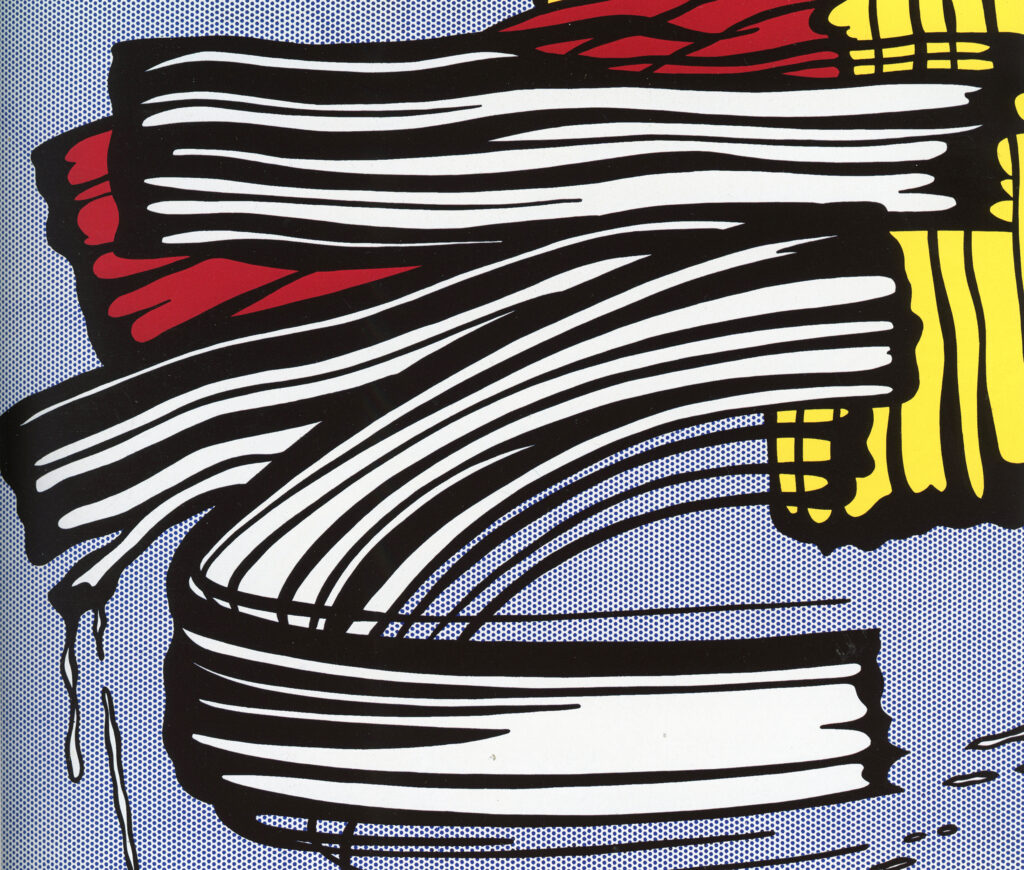
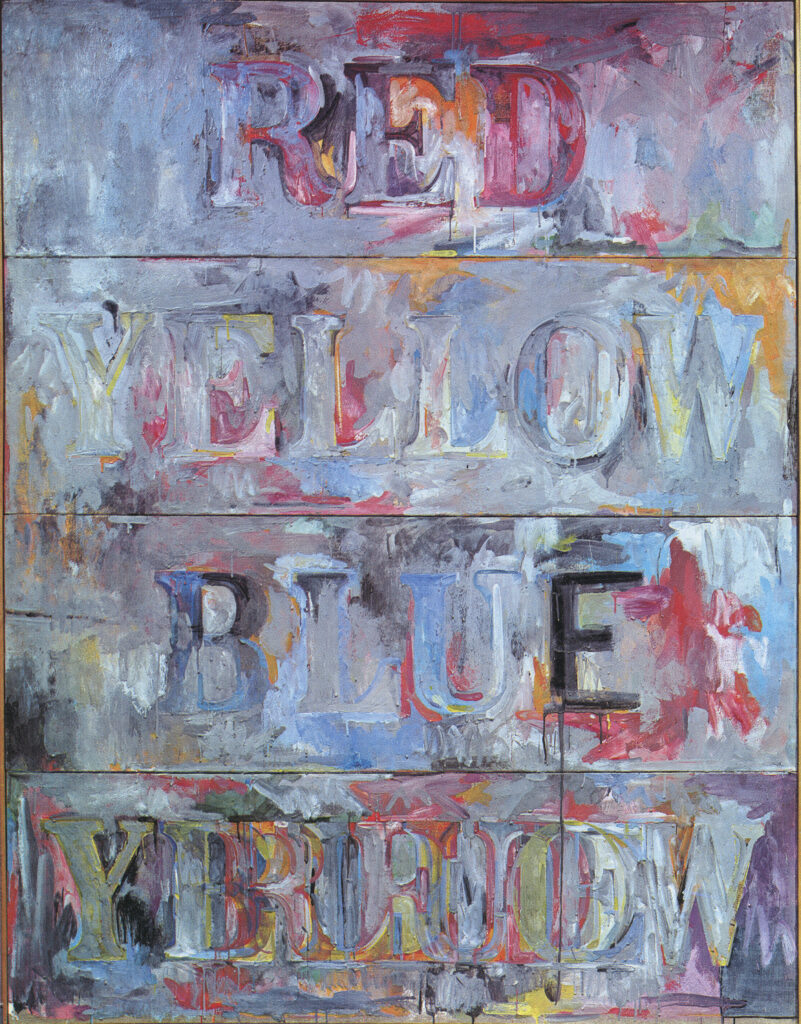

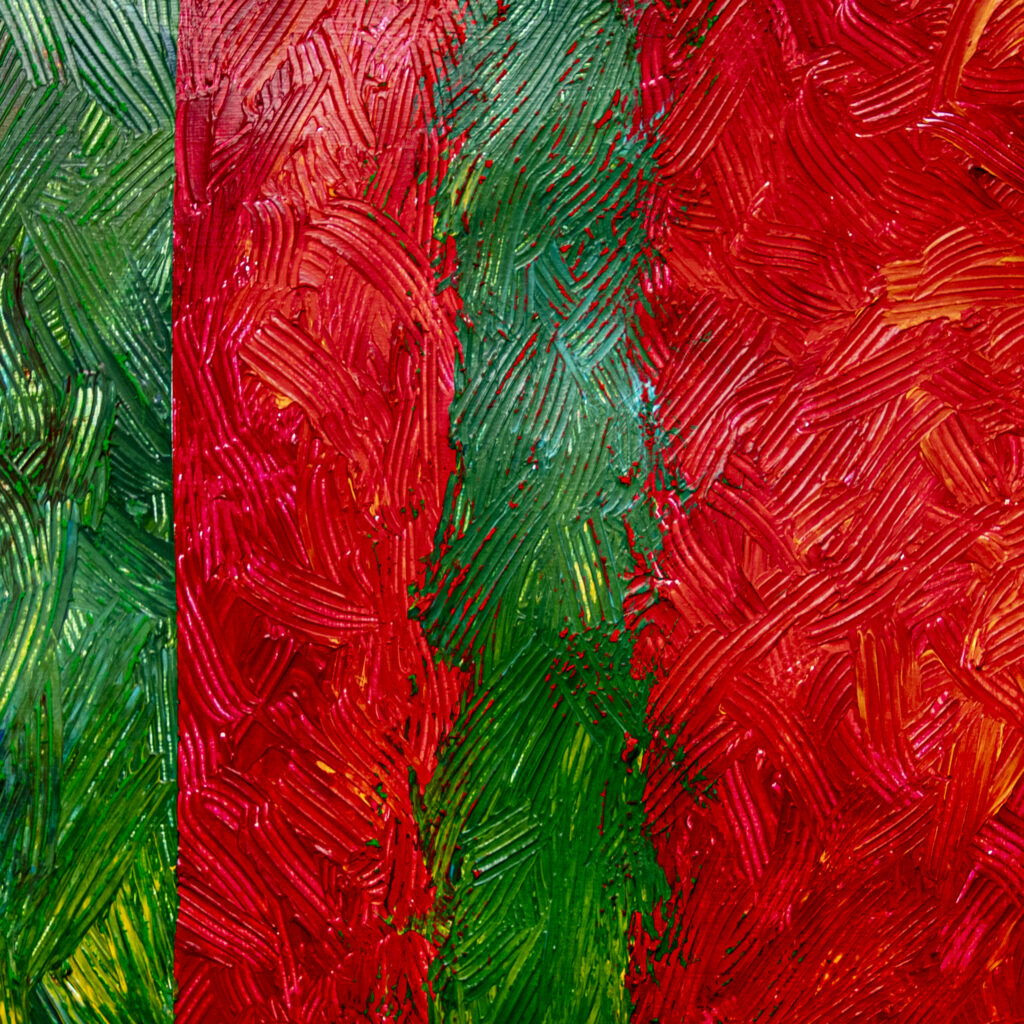
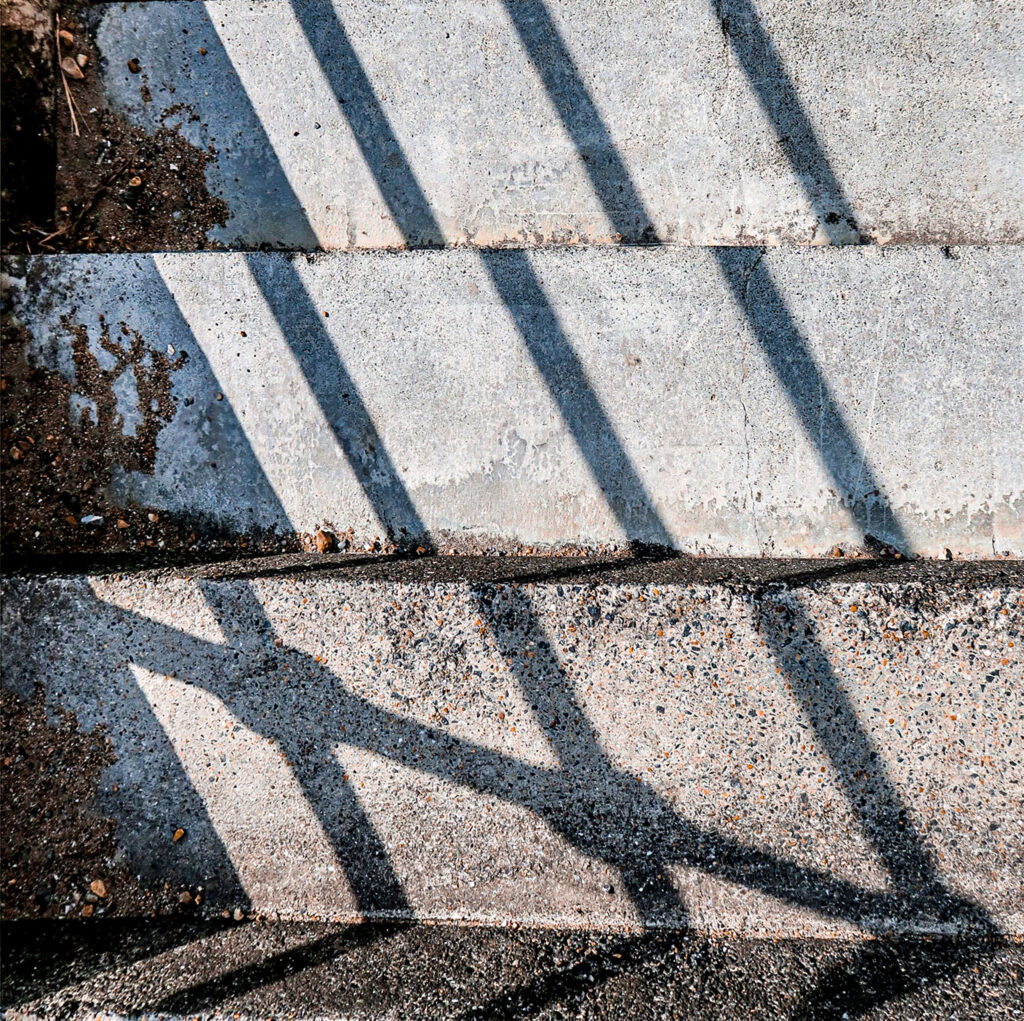
Recent Comments